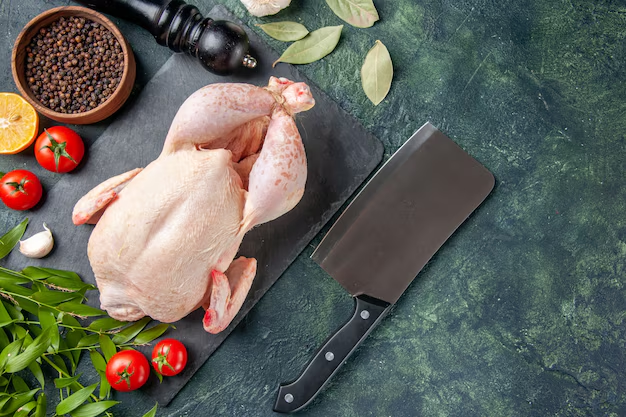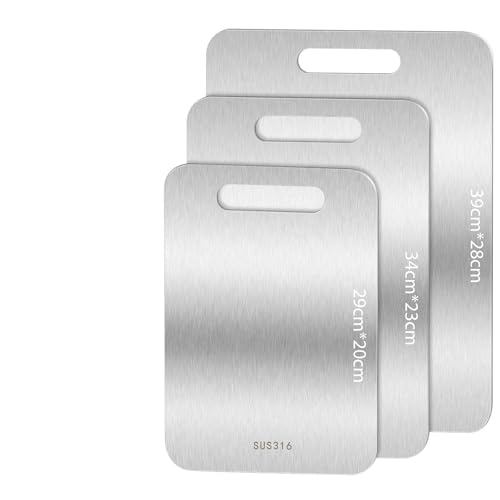A good kitchen knife is the heart of every cooking space. Whether you’re dicing vegetables, slicing meat, or preparing delicate garnishes, the right knife makes the job easier, faster, and safer. But with so many options available, choosing the perfect kitchen knife can feel overwhelming. This guide will help you understand key features, compare different types, and make an informed decision that matches your cooking style.
[gearguidehq.com] is a participant in the Amazon Services LLC Associates Program, an affiliate advertising program designed to provide a means for sites to earn advertising fees by advertising and linking to Amazon.de
What to Consider Before Buying
When shopping for a kitchen knife, pay attention to:
- Blade Material
- Stainless steel: resistant to rust, easy to maintain.
- High-carbon steel: sharper edge but requires more care.
- Ceramic: lightweight, extremely sharp, but can chip easily.
- Handle Design
Ergonomic handles provide comfort during long cooking sessions. Materials range from wood to plastic to stainless steel. - Knife Balance
A well-balanced knife feels comfortable and stable in hand, reducing fatigue and improving control. - Maintenance
Some knives require frequent sharpening, while others stay sharp longer. Consider whether you’re willing to sharpen regularly. - Size and Weight
Heavier knives offer more chopping power, while lighter ones provide agility for precision cuts.
Product Summary: Types of Kitchen Knives
| Knife Type | Best Use |
|---|---|
| Chef’s Knife | All-purpose cutting, chopping, slicing |
| Paring Knife | Peeling, trimming, small tasks |
| Serrated Knife | Bread, tomatoes, delicate fruits |
| Santoku Knife | Fine chopping, mincing, slicing |
| Boning Knife | Removing meat from bones |
| Utility Knife | Mid-sized tasks, everyday use |
Pros & Cons
Pros of Quality Kitchen Knives:
- Precision and efficiency in cooking.
- Long-lasting with proper care.
- Versatile across different tasks.
Cons:
- Higher quality knives can be expensive.
- Some materials require extra maintenance.
- Improper storage may cause dulling or damage.
Who It’s Best For
- Home Cooks: A chef’s knife and paring knife cover most kitchen needs.
- Professional Chefs: A full set with specialty knives ensures precision.
- Casual Users: A utility or santoku knife balances versatility and ease of use.
- Baking Enthusiasts: A serrated knife is essential for bread and delicate foods.
FAQs
Q1: How many knives do I really need?
Most kitchens function well with three essentials: a chef’s knife, paring knife, and serrated knife.
Q2: How often should I sharpen my knives?
Light honing should be done regularly, with professional sharpening every few months depending on use.
Q3: Are ceramic knives better than steel?
Ceramic knives are sharper and lighter but require careful handling, while steel knives are more durable.
Final Recommendation
The best kitchen knife depends on your cooking habits. For all-purpose use, a chef’s knife is the most versatile option. If you often prepare bread, fruits, or fish, consider adding specialty knives like serrated or boning types. Focus on material, handle comfort, and balance to ensure your knife feels like a natural extension of your hand. With the right choice, you’ll not only cook more efficiently but also enjoy the process.


